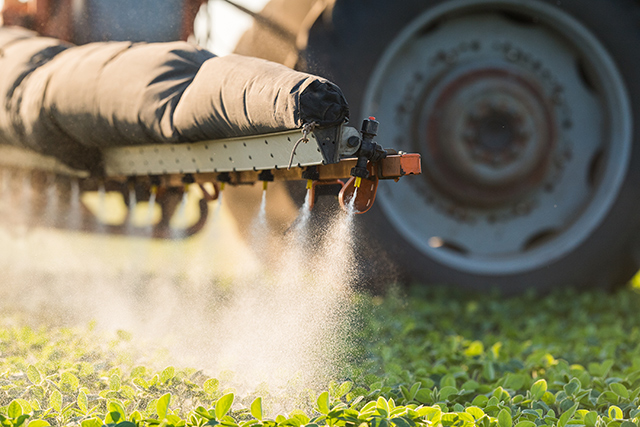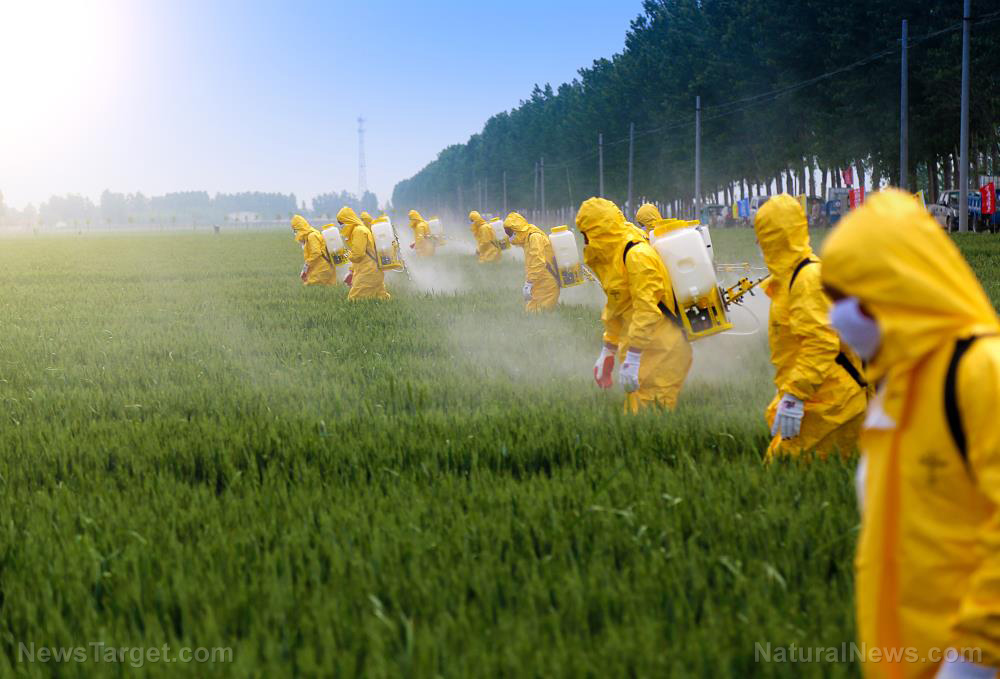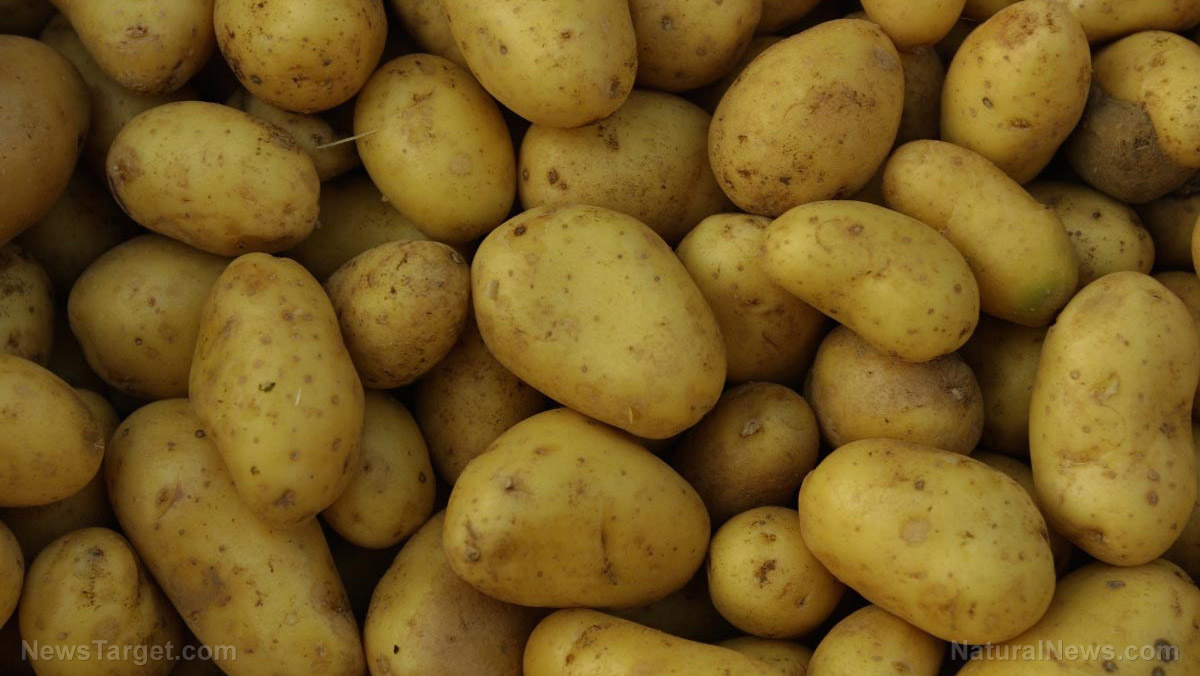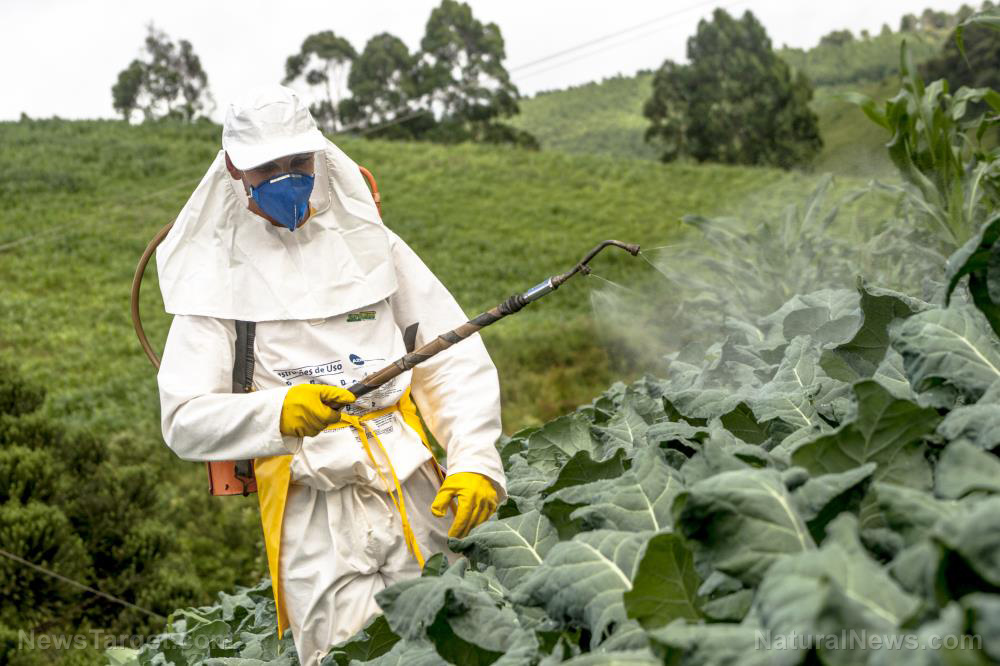What is the right amount of nitrogen in agriculture? Not enough contributes to hunger, too much damages the environment
04/03/2018 / By Ralph Flores

Nitrogen is essential in crop production, but it comes with a caveat: Use too much of it, and you risk polluting the environment; use too little, and you risk limiting your crop yield. This was also the focus of an article that appeared in the journal Nutrient Cycling in Agrosystems. The paper, led by researchers from the University of Gothenburg and the Swedish University of Agricultural Sciences, contained papers from the 19th Nitrogen Workshop which tackled this challenge, as well as those that offered some potential solutions.
One of the main reasons that plants need nitrogen is because it is one of the main components of chlorophyll, the chemical primarily responsible for photosynthesis – the process wherein a plant converts water and carbon dioxide into sugar using the energy from the sun. Nitrogen is also part of a plant’s amino acids, which support plant growth and development.
Given the benefits that nitrogen provides to the plant, it comes as no surprise that since the beginning of agriculture, men have used nitrogen in crop fertilization. In ancient times, natural fertilizers included manure and ground animal bones, and crop rotation was also practiced to allow the soil to lie fallow.
The modern use of nitrogen in crop fertilization, however, is a relatively recent discovery. The current process of getting the nitrogen base used in synthetic fertilizers was only developed in the early 20th century by German scientists Fritz Haber and Karl Bosch, to whom the process – called the Haber-Bosch Process (or Haber Process) – gets its name.
In the eponymous process, nitrogen in the air is combined with hydrogen under high pressures to create ammonia (NH3). This is then combined with phosphate rock and potash to create an NPK fertilizer.
Today, the importance of nitrogen in modern agriculture is widely recognized. However, two main challenges arise when using nitrogen to fertilize agricultural lands.
In excessive amounts, nitrogen can be detrimental to the environment. The condition, called nitrogen pollution, is responsible for adverse environmental outcomes such as the deterioration of air quality, acidification of lakes and streams, and degradation of coastal waters. (Related: Big Ag is using more synthetic fertilizers, and the nitrogen is causing dead zones and algal blooms in our waterways.)
However, limiting its use adversely affects crop yield and may result in insufficient food supplies. This can primarily affect those living in low-income areas.
In the article, the authors suggested that addressing the challenges posed by nitrogen management will not only improve crop yield but also lead to a reduction in losses to the environment. A method discussed by the scientists is the use of accurate fertilizer requirements for each field. According to scientific literature, soil and weather can be used as parameters to determine the level of nitrogen needed.
The authors, however, noted that aside from being labor-intensive, the process is not economically viable. Another challenge posed by the method is the difference in nitrogen requirements for organic fields. Most mineral nitrogen fertilizers may be overestimated for organic amendments and may lead to negative environmental impacts.
In the conference, scientists have developed rules for nitrogen fertilization using the Azodyn model, which can potentially address both challenges raised. In the Azodyn model, the date on which the soil has a deficit in nitrogen is plotted, based on a daily simulation of nitrogen supply in the soil and the crop requirements. The model also incorporates other sources of organic matter like crop residue and the presence of organic matter to create a strategic approach to nitrogen application.
Another thing considered in the workshop is nitrous oxide (N2O) emissions from fields. While commonly identified processes include denitrification and nitrification, recent studies have pointed to microbes as another factor in N2O production. “This study, hence, confirmed that other N2O production pathways need to be considered to fully understand the N2O emission from soils,” the authors wrote on the matter.
With the information shared by scientists, the authors believe that this will prove useful in developing better and more efficient uses of nitrogen. Still, further studies are needed to contribute even more to proper nitrogen cycling in agrosystems. “While the contributions collected in this special issue certainly contributed new knowledge, still much is to be explored,” they added.
The 19th Nitrogen Workshop was held in Skara, Sweden in June 2016 with the theme “Efficient use of nitrogen from different sources—from theory to practice.”
For more stories about the use of nitrogen in agriculture, head on over to Harvest.news today.
Sources include:
HarvardForest.FAS.Harvard.edu [PDF]
Submit a correction >>
Tagged Under:
agricultural land, agriculture, Azodyn model, crop production, crop yield, denitrification, Emissions, environment, fertilizer, food production, food science, food security, food supply, global agriculture, harvest, insufficient food supplies, Microbes, mineral nitrogen fertilizer, N2O, N2O production, nitrification, Nitrogen, nitrogen fertilization, nitrogen use, Nitrous oxide, organic amendments, organic field, pollutant
This article may contain statements that reflect the opinion of the author
RECENT NEWS & ARTICLES
COPYRIGHT © 2017 HARVEST NEWS





















